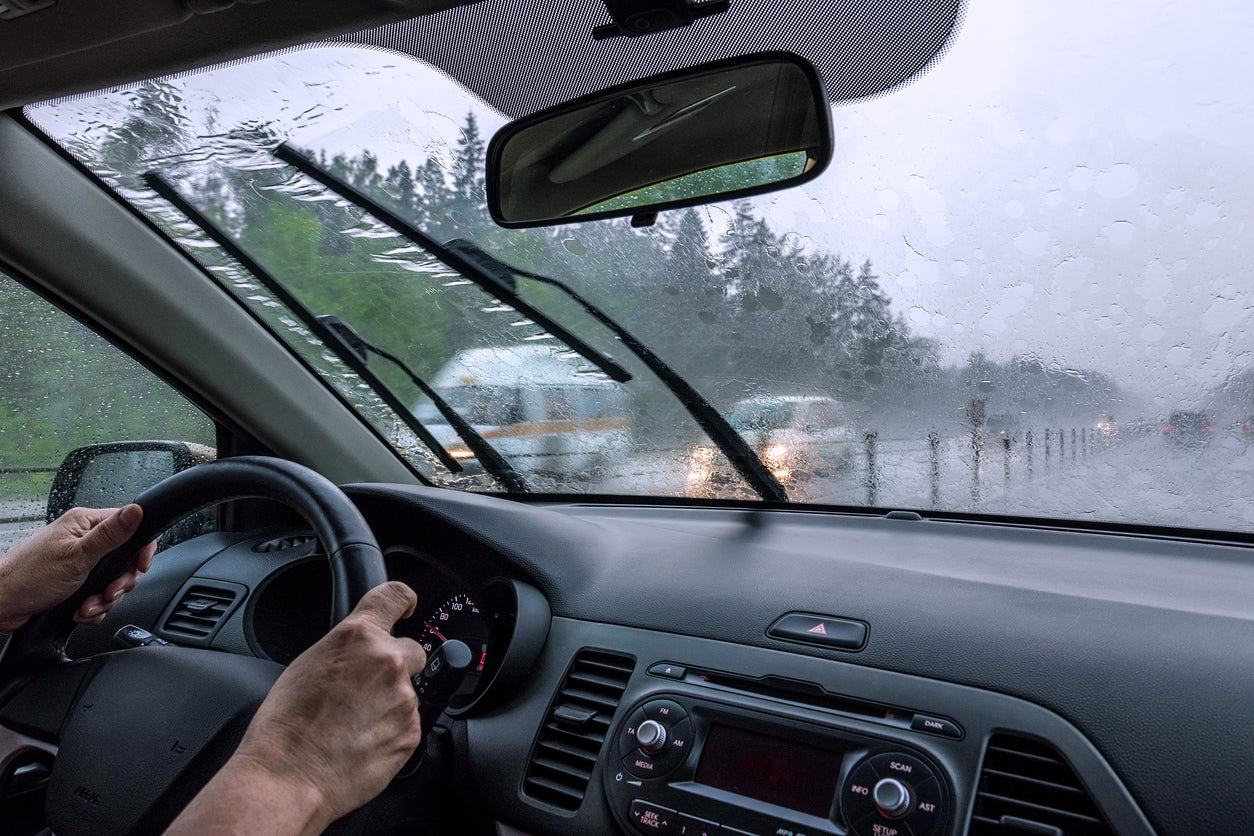Driving in rainy weather can prove to be an intimidating task, even for seasoned drivers. Rain brings with it a unique set of challenges that can turn the simplest of driving tasks into a herculean ordeal. From limited visibility to reduced traction, there are countless factors to consider when navigating through precipitation. Nevertheless, adhering to a few pragmatic tips can ensure your safety and make your wet-weather driving experience a breeze.
Preparations for Wet Weather Driving
Ensuring your vehicle is prepared for rainy conditions should be a top priority before hitting the road. Here are some essential steps to prepare your car for downpours:
1. Windshield Wipers Check: Windshield wipers are responsible for maintaining visibility on the road, and it's vital to ensure they are working correctly before driving in rain. Assess the condition of the wiper blades and replace them if needed.
2. Brake System Check: Driving in the rain can create conditions of decreased traction, making sudden stops more challenging. That is why one should check their brake system in advance to avoid any mechanical problems.
3. Check Headlights and Taillights: With rainfall during the day or night, visibility is significantly reduced, emphasizing the importance of ensuring functioning headlights and taillights.
4. Tread Depth Check: Rainwater on the road surface creates a higher risk of hydroplaning, which can cause the vehicle's tires to lose contact with the ground, leading to a perilous loss of control. Therefore, regularly checking your vehicle's tire tread depth remains crucial in guaranteeing maximum safety when driving in the rain.
The Challenges Posed by Wet Weather Driving
Driving in the rain comes with its set of challenges, requiring extra caution on the road. Here are some of the difficulties one may face when driving during precipitation:
1. Reduced Visibility: Reduced visibility is a prominent issue to contend with since rainwater on the windscreen can severely hinder a driver's view. Heavy precipitation only compounds this problem, making the road almost impossible to see.
2. Hydroplaning: During hydroplaning, the tires lose contact with the road surface as they slide on the layer of water, placing the driver and their vehicle at significant risk of losing control. Nonetheless, with proper preparation and attention to tire tread depth, drivers can mitigate these risks and enjoy safe and secure driving in wet weather conditions.
3. Decreased Traction: Water on the road surface can reduce tires’ grip on the road, slowing down the vehicle significantly.
Safe Driving Tips for Wet Weather
To navigate through rainy conditions safely, drivers should adhere to the following practical tips:
1. Slow Down: Reducing your speed while driving in the rain is essential in preventing hydroplaning, giving you enough time to respond to unexpected situations.
2. Increase Following Distance: Giving more space between you and the car ahead is essential as it provides enough reaction time in case you need to make an abrupt stop.
3. Avoid Sudden Maneuvers: Gradual acceleration, smooth braking, and slower lane changes can prevent skidding or hydroplaning.
4. Use Headlights: Turning on your headlights, even during the day, improves visibility and helps other drivers see you better.
5. Stay Focused: Remain alert and dispel any distractions, including phone conversations or loud music, to stay focused on the road.
Driving during rainfall can be challenging, but by being adequately prepared and following some essential tips, drivers can stay safe on the road. Ensuring your car’s wipers, brake system, headlights, and tires are in good condition before hitting the road is essential. Slowing down, increasing following distance, and using headlights can help prevent hydroplaning and improve visibility. Staying focused and steering clear of any distractions is critical for ensuring safety and confidence when driving in the rain.
How To Drive Safe During Rainy Season?

